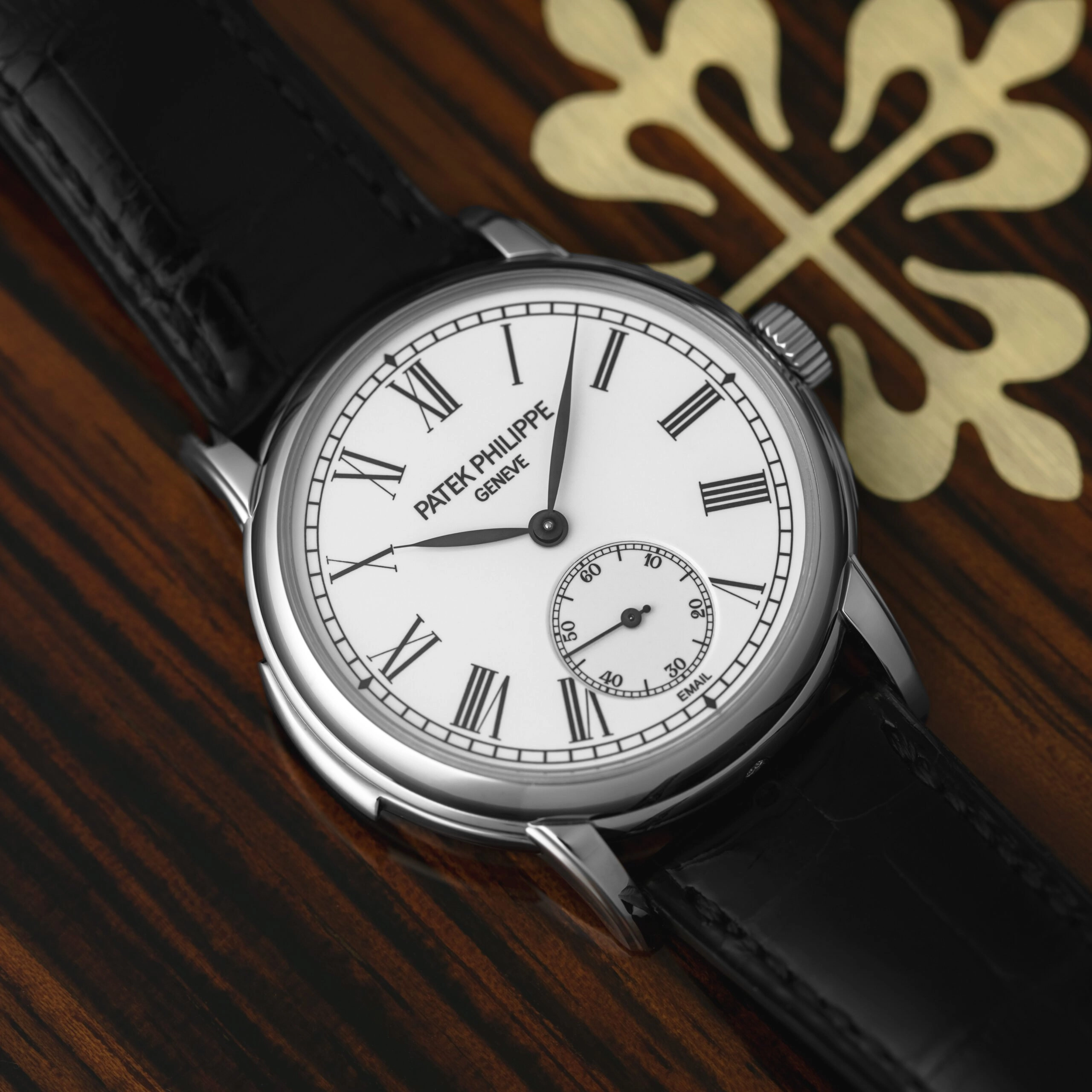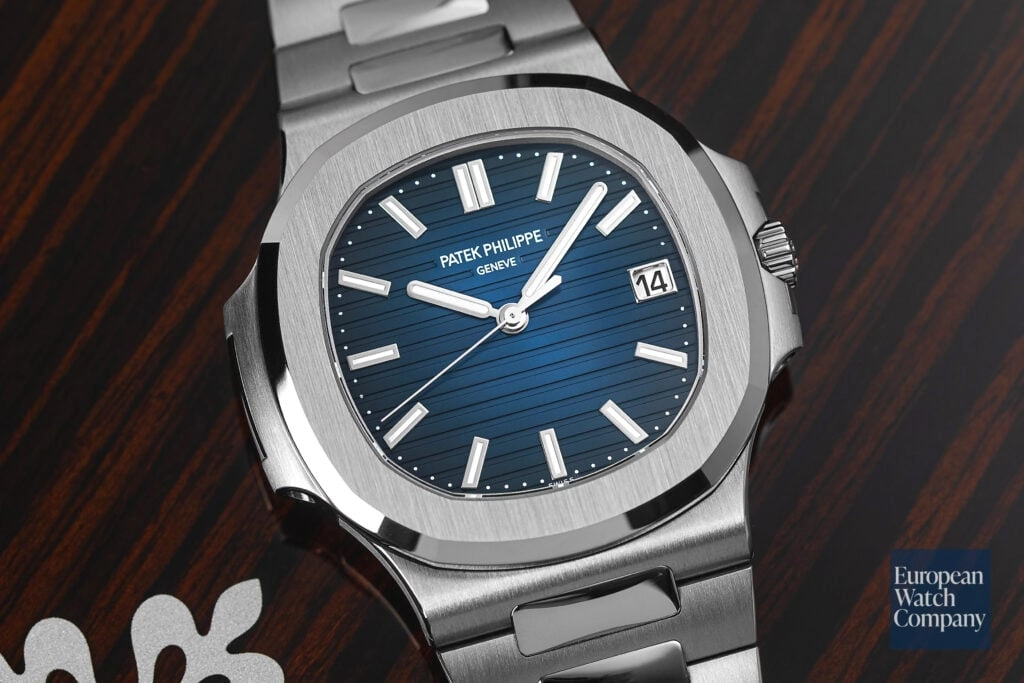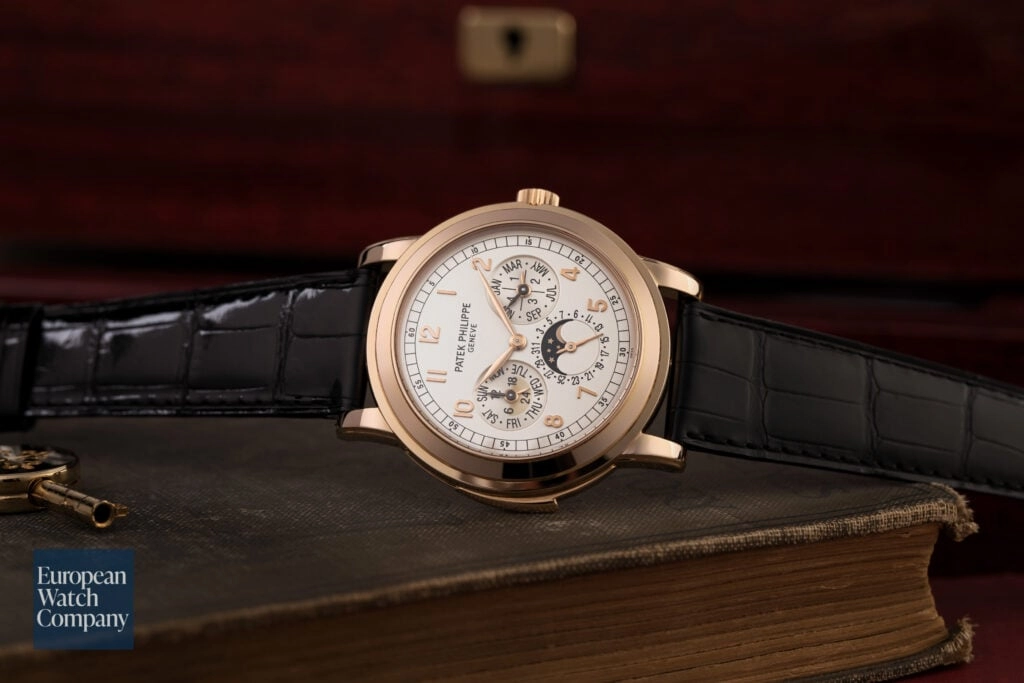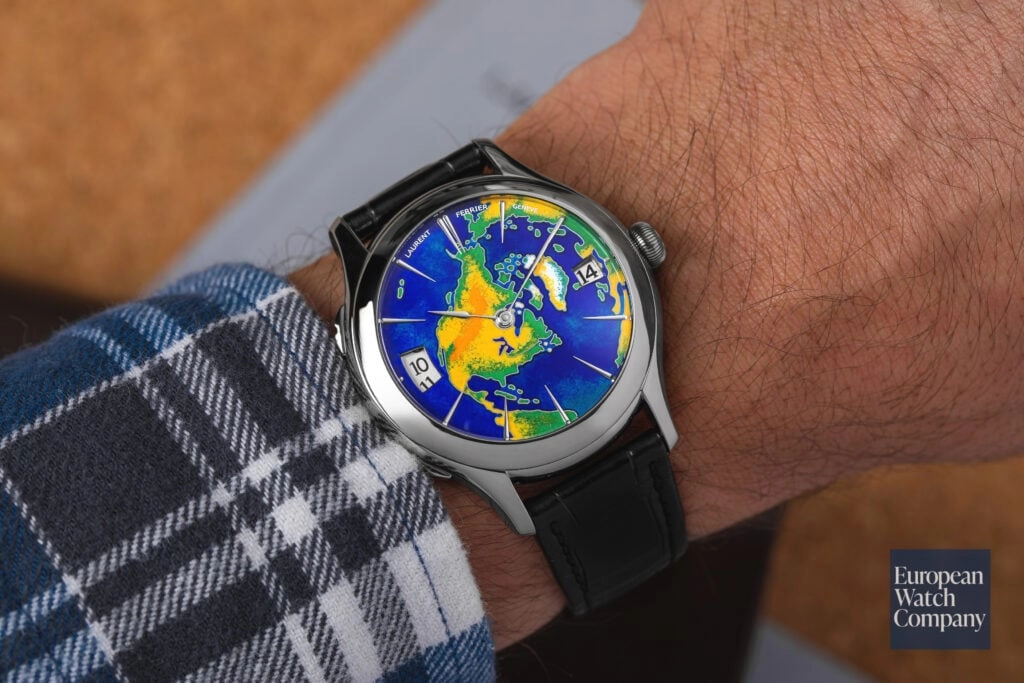When Do You Sell the Watch You Said You’d Never Sell?
Lifestyle
Every collector has one. The forever piece. The keeper. The “you’ll have to pry it from my cold, dead wrist” watch. And yet, somehow, one day… it’s gone.
In the world of watch collecting, permanence is more of a feeling than a fact. Tastes shift, grails evolve, and the watch that once defined your collection might no longer feel quite right. So what actually drives someone to let go of that watch, the one they swore they’d never sell?

The myth of “forever”
The idea of a forever watch offers a kind of emotional stability. It’s the piece that anchors the collection, the benchmark by which others are judged. It might mark a personal milestone or represent a long, hard hunt. But permanence in collecting is often temporary.
Sometimes it’s as simple as changing taste. The oversized diver that once made you feel invincible now feels clunky. The gilt-dial chronograph you hunted for years? It’s not getting the wrist time it used to. Or maybe you’ve just fallen for something else, something that fits your current sense of style better.
That’s the thing about the watch world, it keeps moving. And so do we.
When the heart and head collide
Letting go of a sentimental piece is rarely easy. There’s an internal tug-of-war between emotion and practicality. You tell yourself it’s just a watch, but it’s also the one you wore on your wedding day. Or the one that got you into collecting in the first place.
Still, there comes a point when sentiment alone isn’t enough to justify keeping it. Maybe it hasn’t left the box in six months. Maybe it’s holding you back from funding something you genuinely do want to wear. And maybe, just maybe, you’ve realized the memory isn’t in the watch itself, but in what it represented.

Some collectors describe a sense of relief after finally letting go. The emotional weight lifts, and in its place is a clearer sense of what you actually enjoy wearing today.
According to NY-based social worker and therapist Nabila Baytore, that kind of emotional shift can be deeply healthy. “It can support personal growth by overcoming a fear of change,” she said. “There is a sense of emotional attachment that may come from the objects we purchase that remind us of a specific moment in our lives that we may wish to capture.”
By learning to let go of that attachment, collectors often unlock a broader kind of emotional clarity. “Being able to separate memories from objects supports mental clarity,” Baytore added. “And it can help with other transitions that follow, such as selling a home or letting go of other sentimental assets.”

Letting go isn’t just about moving on, it’s about proving to yourself that your identity, your memories, and your progress aren’t tied to a single object.
The market has a say, too
There’s also the reality of timing. We don’t collect in a vacuum, and sometimes the market speaks loud enough to influence even the most committed purists. If a watch you paid $8,000 for is now worth $40,000, it becomes hard to ignore.
Collectors who once said “I’ll never sell this” may suddenly find themselves running the math. Not because they’ve stopped loving the watch, but because they can’t ignore what that money could represent, whether that’s financial freedom, a grail upgrade, or even a first home deposit.

For Omar Traboulsi, a collector known as @thewrongwrist on Instagram, that shift was deeply personal. “There was one watch I once said I’d take to my grave,” he said. “But as its value skyrocketed and the hype turned it into a burden rather than a joy to wear, I found myself facing a different kind of responsibility.” With limited funds and growing family priorities, “I had to make a choice, and I chose to prioritize something far greater: the future security and stability of my daughters.”
That decision came with some emotional weight. “I don’t regret it. But I do miss it. Still, I wore it, I loved it, and I let it go, and that, in itself, was enough.”
At European Watch Company, Watch Specialist Robert Reustle often sees that same balancing act play out. “In my experience, collectors become ready to move their ‘forever pieces’ when the right watch becomes available in our inventory,” he said. “Since we see a lot of limited releases and out-of-production pieces, we’ll often get watches that people have been seeking out for a long time. I usually hear something along the lines of ‘I’ll miss this one, but I can’t let that one get away.’”

Tastes are evolving, too. “For a while, we saw everyone trade their dress watches for steel sports pieces,” Reustle added. “Now, I think people are broadening their tastes again and we’re seeing the market for dress watches and complicated pieces starting to pick up again.”
It’s not always cold calculation. Sometimes, selling a beloved watch is a way to reset, refocus, or simply let go of what no longer resonates. Letting go of pieces that no longer feel right isn’t a loss. It’s how collections stay alive.
Regret, replacement, or rebirth?
Not every sale feels good in hindsight. Some watches leave a void that no replacement quite fills. But even that can be instructive. It forces collectors to examine why they miss a watch. Was it truly the watch, or just the story tied to it?
Others feel no regret at all. In fact, they view the sale as a necessary step forward. The keeper served its purpose. It was right at the time, and letting it go made space for something new, either on the wrist or in life.
Because ultimately, what makes a watch feel permanent isn’t the watch itself. It’s the phase of life it connects to. And as those phases shift, so does what we value. Selling a watch you once swore you’d never part with isn’t a failure of commitment. It’s often a sign that you’re paying attention to your tastes, your priorities, and the kind of collector you’re becoming.